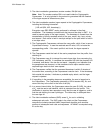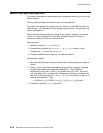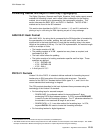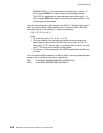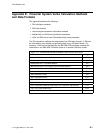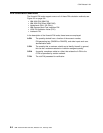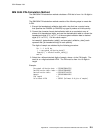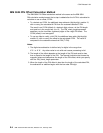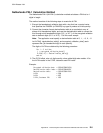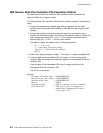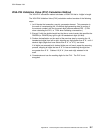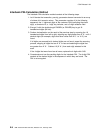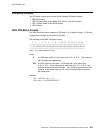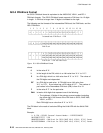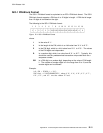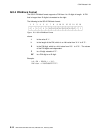CCA Release 2.54
Netherlands PIN-1 Calculation Method
The Netherlands PIN-1 (NL-PIN-1) calculation method calculates a PIN that is 4
digits in length.
The method consists of the following steps to create the A-PIN:
1. Encrypt the hexadecimal validation data with a key that has a control vector
that specifies the PINGEN (or PINVER) key type to produce a 64-bit quantity.
2. Convert the character format decimalization table to an equivalent array of
sixteen 4-bit hexadecimal digits, and use the decimalization table to convert the
third through sixth hexadecimal digits (X'0' to X'F') of the encrypted validation
data to decimal digits (X'0' to X'9'). Call this result newpin.
Note: The application must specify a decimalization table of 0, 1, ...9, 0, ...5.
Let A-PIN(i), decimalization_table(i), and encrypted_validation_data(i) each
represent the (i)th hexadecimal digit in each quantity.
The digits of A-PIN are obtained by the following procedure:
For i = 3 to 6 do:
j := encrypted_validation_data(i)
A-PIN(i-2) := decimalization_table(j)
end do
3. The O-PIN offset, also a 4 digit quantity, when added digit-wise modulo 10 to
the A-PIN results in the C-PIN, customer-used-PIN value.
Example:
Encrypted validation data = 8325A637B66EA7A8
Decimalization table index = 123456789ABCEDF
Decimalization table = 12345678912345
A-PIN = 256
O-PIN = 9957
C-PIN, Customer PIN = 1453
Appendix E. Financial System Verbs Calculation Methods and Data Formats E-5



